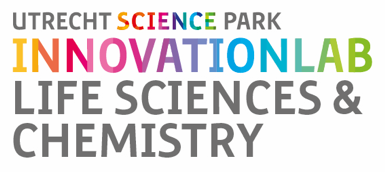Positive effects of fatty acid derivatives on pig intestinal cells
At the Research Centre Innovative Testing in Life sciences & Chemistry of the University of Applied Sciences Utrecht (HU) a method was developed previously to grow porcine stem cells into so-called intestinal organoids, ‘mini-guts’. These organoids contain all intestinal cell types and can be derived from the target animal, in this case the pig. Organoids therefore resemble the actual situation in the target animal much better than currently used cell culture models, such as epithelial cell lines.
In collaboration with Perstorp, a producer of organic acids and their derivatives for use as animal feed additives, it is set out to investigate whether organoids are a good, predictive test model to test feed compounds. In particular, it is interesting to see to what extent effects induced by these compounds in intestinal organoids can be linked mechanistically to effects observed in pigs.
First, the organoid culture model and subsequently incubated organoids with the compounds were optimised. Microarray analysis, a method in which the effects on >25.000 genes can be tested, was performed and positive and specific effects were observed on immune modulation, hormonal processes and genes involved in the protective mucus-layer. Subsequently, an animal trial was performed with two selected compounds to compare these laboratory results in organoids with results obtained in live animals. The in vivo effects of the tested experimental compounds can for the majority be identified in the intestinal stem cell derived organoid model, making this model a predictive and representative tool that can reduce the need for animal experiments.The collaboration between HU and Perstorp will be continued.



